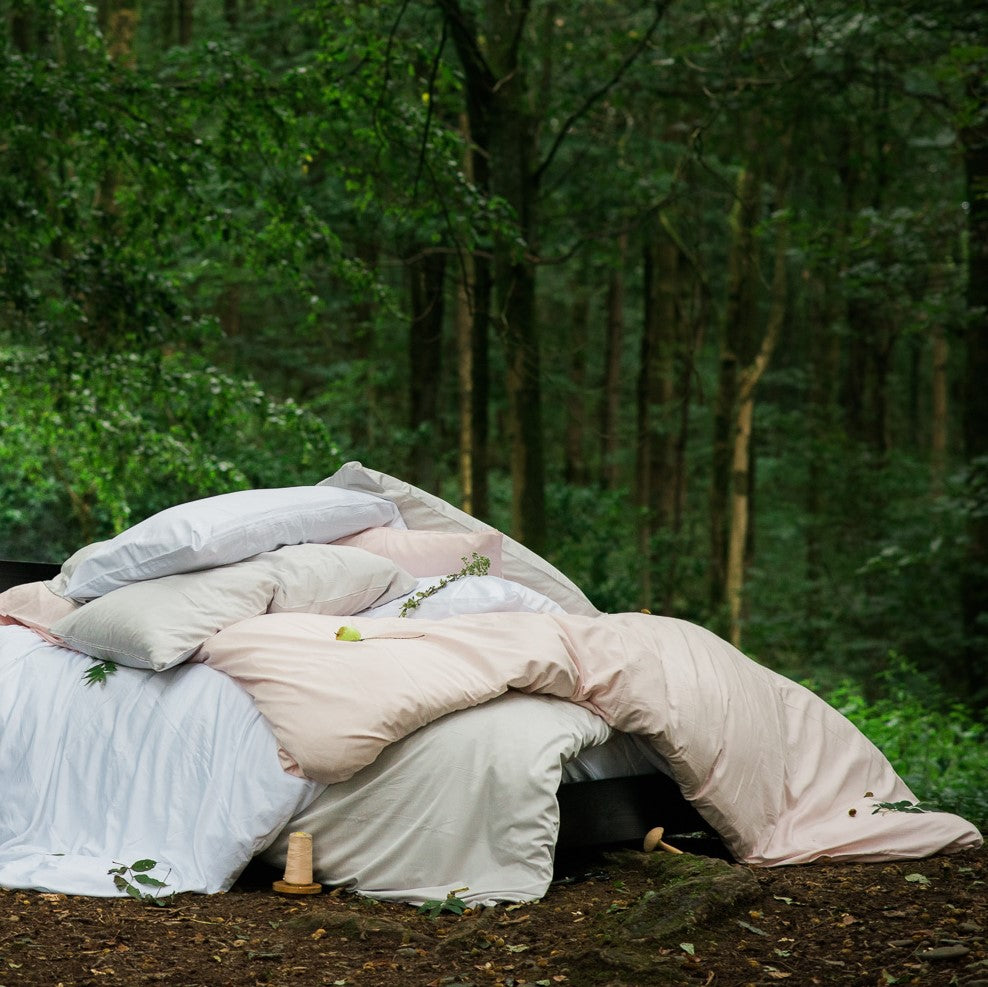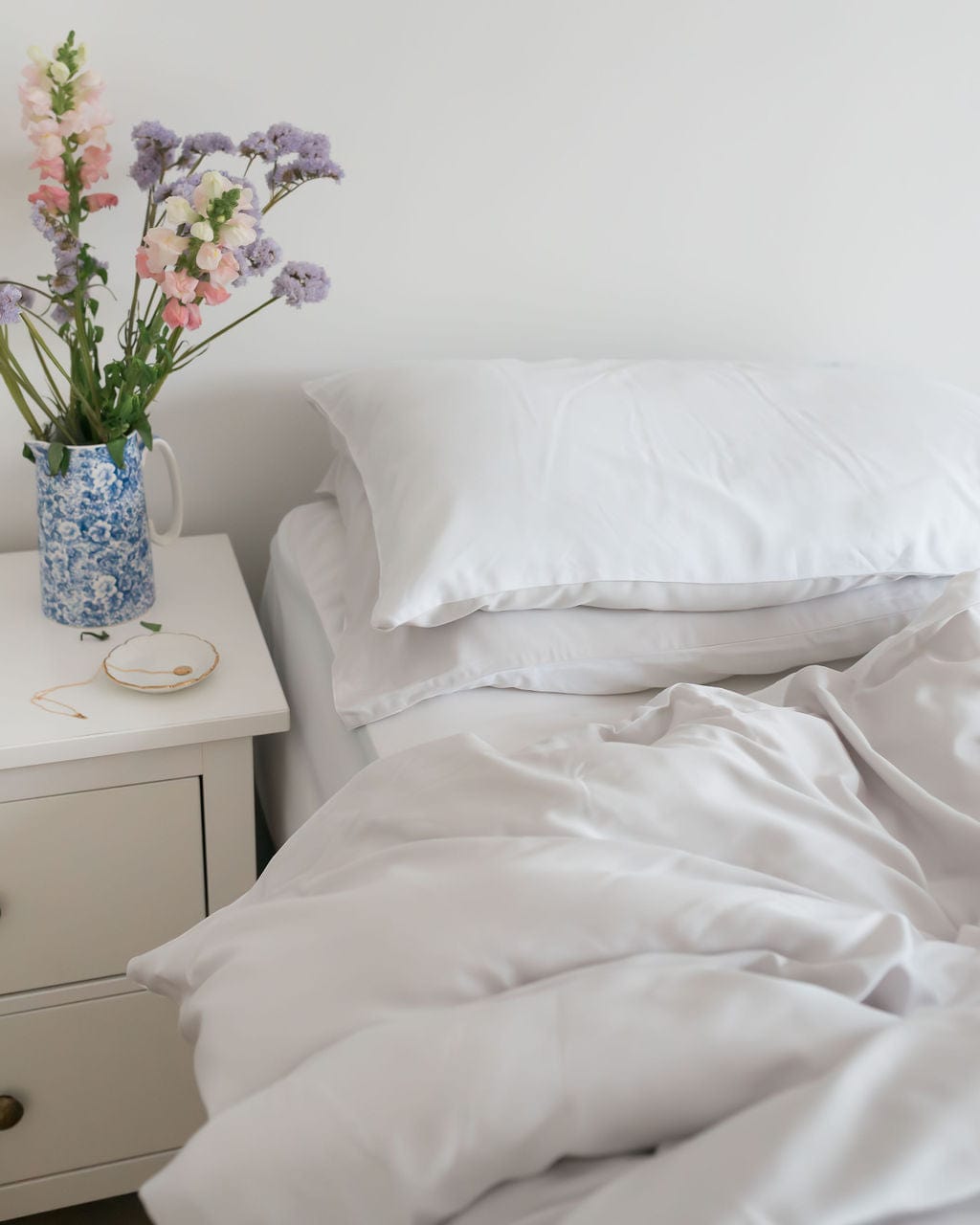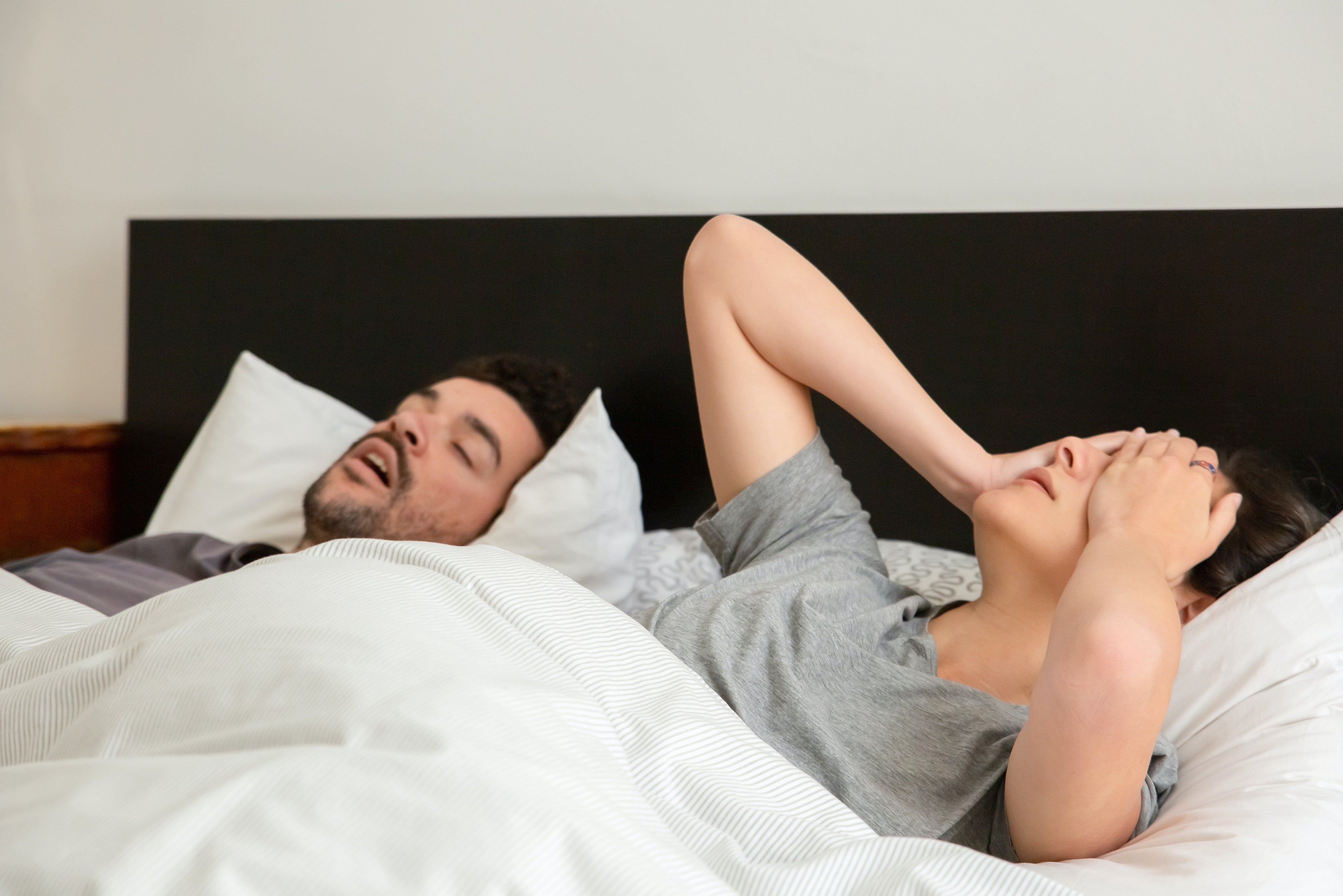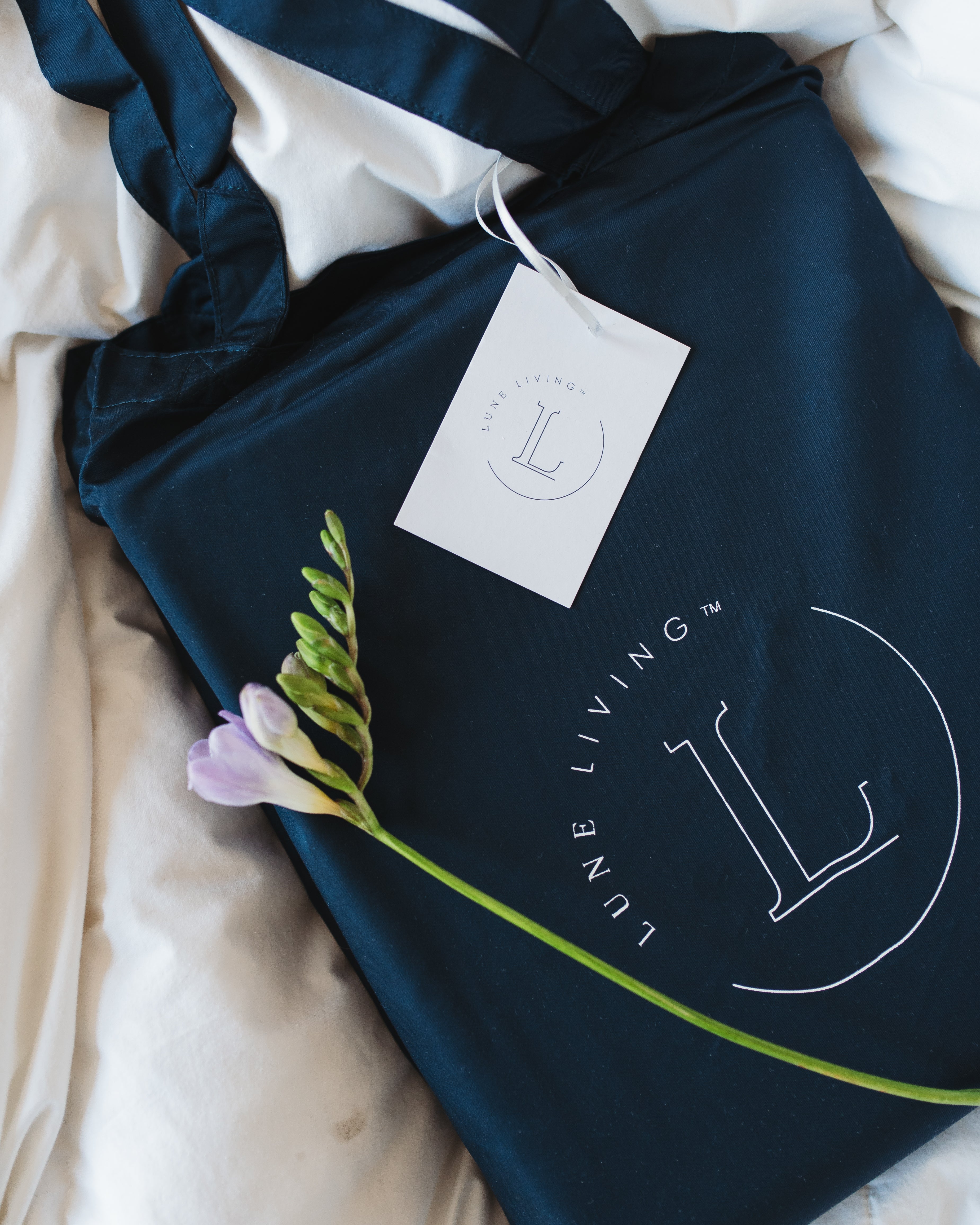
Does Bamboo Fabric Release Microplastics?
Microplastics (a.k.a. microfibre plastics) are causing great damage to our planet.
These are tiny fibres which measure at less than 5 mm and are often not visible to the naked eye. They come from synthetic materials and hugely contribute to plastic pollution. The plastic particles make their way into our oceans, our bodies, our drinking water, our food, the body’s of animals and even into embryos.
Microplastics are damaging our ecosystems and threaten the health of our communities, animals and oceans. (You can find out more about the harmful effects of microplastics and reducing microplastic pollution in our blog post: What Is Microfiber Plastic & How Can You Reduce It?)
There are 4 main things that cause microplastics: tyres, plastic pellets, outdoor paint and synthetic textiles. Synthetic fabrics include nylon, acrylic, polyester, spandex and PVC. These are so popular in the fashion industry because of how cheap they are to make and purchase.
Scarily, it has been said that laundry is one of the biggest culprits for releasing microplastics. When you do your laundry - and we mean one load of laundry! - you can release around 700,000 pieces of microplastics into the sea.
That’s a really scary statistic, but it’s not all doom and gloom. There are things we can do to massively reduce our impact. One of those things is to buy natural fabrics, such as bamboo fabric.
We’ve been asked if bamboo fabric contributes to microplastics. The short answer is: no, bamboo fabric doesn’t release microplastics. Because it’s natural (made from the bamboo plant) there aren’t any plastics in our bamboo bedding and we don’t use plastic packaging, either.
Alternatives to Synthetic Fabrics
There are many high quality alternative fabrics available that you can get that aren't damaging to human health or the health of our planet. Choosing natural fabrics over synthetic fabrics is the single best thing you can do to reduce the amount of microplastics that you’re responsible for. Some examples of the natural fabrics you can choose instead of synthetic fabrics are:
- Bamboo
- Silk
- Camel hair
- Flax
- Jute
- Linen
- Cashmere
As well as being more eco-friendly, some natural fabrics also have other benefits. Natural fabrics can be really soft and durable and have antibacterial, hypoallergenic and anti aging properties, unlike their synthetic counterparts.
We’re so proud to create eco-friendly bamboo bedding and bedroom accessories. We believe that change starts with the smaller things we can do at home, so we developed our range.
We offer bamboo pillowcase and duvet cover sets, bed sheets, cushions, bedspreads, eye masks, children’s bedding and our Lunesilk (60% silk, 40% bamboo) bedding range. Shop our range by clicking here.
If you want to live more sustainably, our blog can help you. On our blog, we’ve covered a great many topics including 6 Ways to Reduce Your Household Waste and The Easy Environmentally Friendly Swaps You Can Make in 2021. We also regularly cover topics about sleep. You can find our blog page here.







